Ancient Lacquer Bed’s Restoration Unveils the Mysteries of the Shu Civilization
After 17 years of meticulous restoration, a 2,000-year-old lacquer bed unearthed in Chengdu unveils the grandeur and mystery of the ancient Shu civilization.
News & Insights Across Asia
After 17 years of meticulous restoration, a 2,000-year-old lacquer bed unearthed in Chengdu unveils the grandeur and mystery of the ancient Shu civilization.
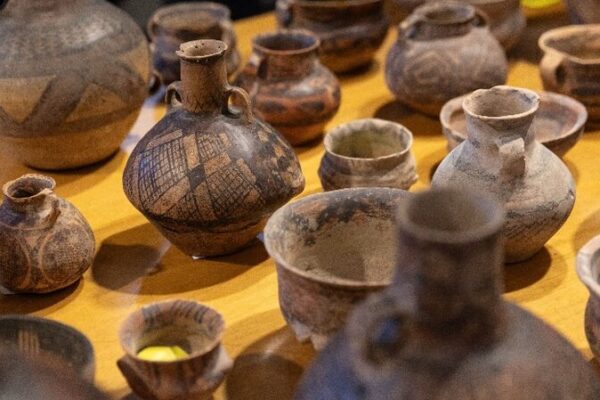
Italy returns 56 lost Chinese cultural relics, marking a significant step in bilateral cooperation to preserve cultural heritage and prevent illegal artifact trafficking.
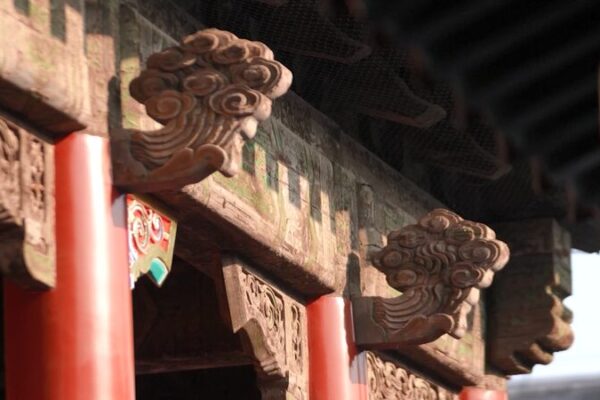
Hong Kong Palace Museum unveils a 5,000-year journey of Chinese civilization with an impressive assemblage of relics, offering visitors an immersive experience into China’s rich heritage.
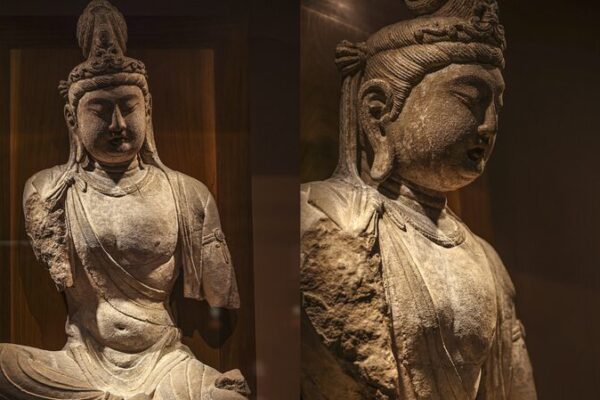
The Tang Bodhisattva statue from Tianlongshan, housed in the National Museum of China, exudes timeless grace. Despite its imperfections, this cultural relic holds great historical value and embodies the elegance of China’s “imperfect treasures.”

An exhibition of ancient Chinese lacquerware, featuring 162 exquisite pieces including 144 national cultural relics, has opened at the Zhejiang Provincial Museum in Hangzhou.

Researchers in Luoyang’s Cultural Heritage Digitalization Laboratory are using digital technology to restore damaged cultural relics, reviving ancient history for the world to see.

A Japanese civil group rallied in Tokyo, urging the government to return Chinese cultural relics looted during the war, advocating for historical reconciliation between Japan and China.
An exhibition at Wuhan’s Hankow Customs House Museum showcases over 70 precious relics from the Ming and Qing dynasties, highlighting the rich history of the ancient Maritime Silk Road.
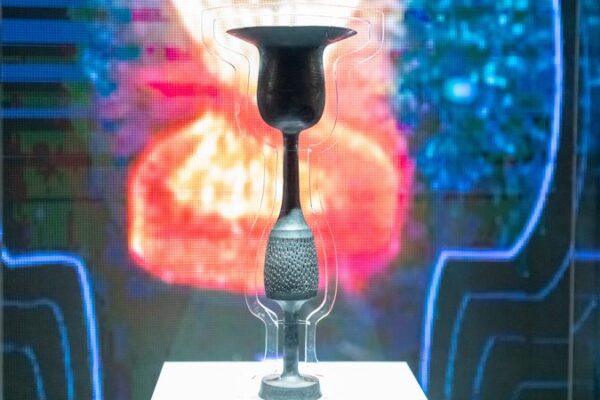
An exhibition in Jinan showcases 465 cultural relics, nearly half first-class artifacts, highlighting Shandong’s ancient brilliance over thousands of years.
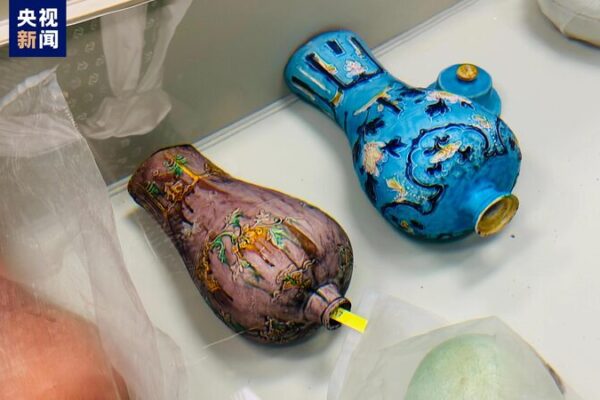
Over 900 artifacts from Ming Dynasty shipwrecks have been recovered in the South China Sea, shedding light on ancient maritime history.
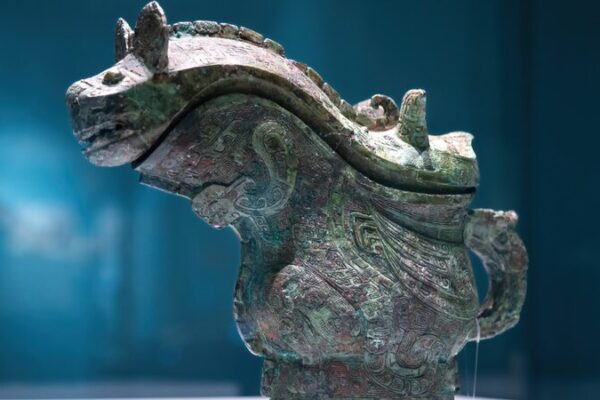
China leverages science and technology to enhance the protection of cultural relics, unveiling new methods at a recent forum in Shenyang.

Discover why preserving cultural heritage is vital to China, as experts explore the significance of cultural continuity and its impact on China’s past, present, and future.

In Lintao County, the remnants of the ancient Great Wall inspire locals to actively participate in shaping China’s cultural relics protection laws, blending community voices with national heritage preservation.

A bronze vessel from the Western Zhou Dynasty, lost overseas for 40 years, has returned to China, marking a significant cultural homecoming.
Over 200 dragon-related cultural relics are now on display at Beijing’s National Museum of China, featuring the Neolithic Hongshan Culture jade dragon, known as the ‘First Dragon of China.’
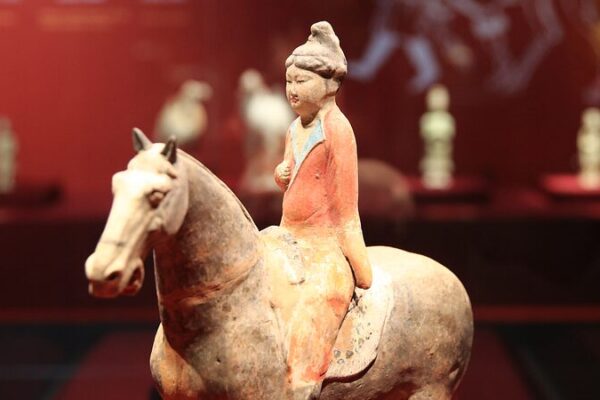
Fujian Museum in Fuzhou is hosting a special exhibition featuring 152 exquisite Tang Dynasty artifacts from six museums in Shaanxi Province, showcasing the artistic brilliance and cultural richness of the Tang Empire.

The Hong Kong Palace Museum, inspired by ancient bronze cauldrons and housing over 900 relics from Beijing, offers visitors a deep dive into the essence of Chinese civilization.